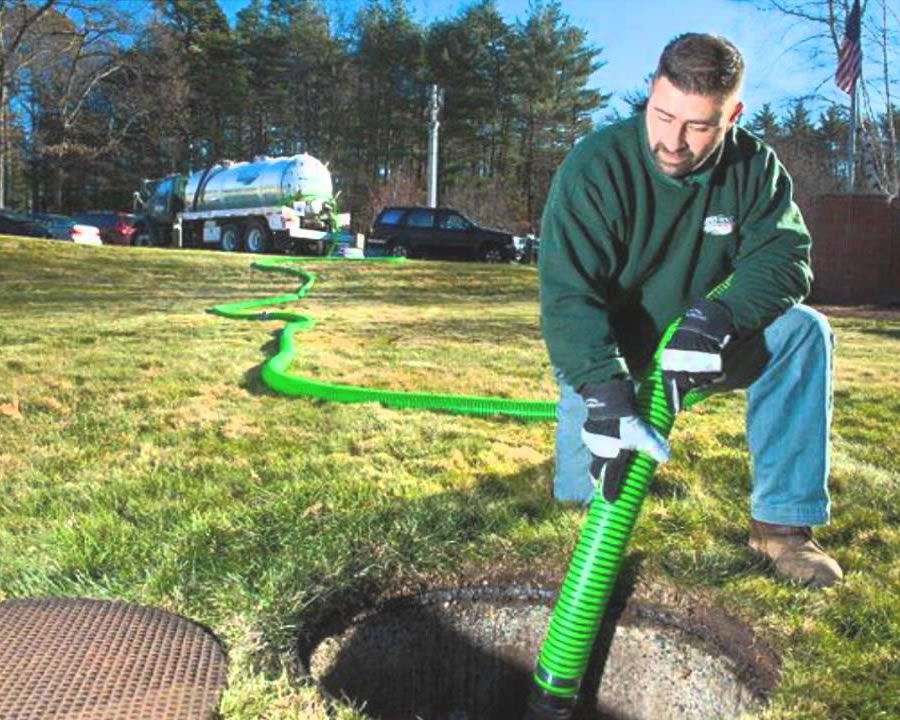5 Tips to Prevent Septic System Damage
Read More
Schedule Online
919-446-4099

Jun 05, 2023
The efficient operation of your plumbing system and the general cleanliness of your property depend on keeping your septic tank in good condition. To prevent expensive problems and preserve the longevity of your septic system, routine septic tank maintenance is required. This includes septic tank pumping, repairs, and installation.
In this blog post, our professionals from Septic Blue of Raleigh will explore the key steps involved in septic tank maintenance, providing you with valuable insights into what happens during each stage.
One essential part of septic system maintenance is septic tank pumping. Solid waste and sludge build up in the tank over time, lowering its capacity and obstructing its usefulness. For this job, working with a qualified septic company is necessary. A knowledgeable specialist will empty the collected trash and sludge from the septic tank using specialized tools, such as a vacuum truck.
The frequency of septic tank pumping varies depending on the size of the home, water usage, and tank size. Generally speaking, your septic tank should be pumped every three to five years. A expert inspection, however, can assist in determining the ideal pumping plan for your particular system.
Along with septic tank pumping, a full inspection of the tank is often performed. The specialist from the septic firm will visually inspect the distribution box, baffles, inlet and outlet pipes, and other parts of the tank during this procedure. They will also search for indications of corrosion, leakage, or damage.
The examination may cover the drain area where the effluent is discharged in addition to the tank itself. This assessment makes sure that the flow of sewage from the septic tank to the drain field is efficient. The septic business might make suggestions for septic tank repair or replacement if any problems or concerns are found during the examination.
If any issues are found, urgent septic tank repair is required to stop further damage and keep the system from failing. Leak repairs, component replacements, and drainage problems are all examples of septic tank repairs.
Repairs can be as easy as a simple fix or as complex as more substantial interventions, depending on the severity of the issue. Professional septic service providers have the knowledge and tools necessary to tackle a variety of repairs quickly and effectively. To prevent potential health risks, environmental contamination, and more expensive repairs in the future, repairs must be taken care of right away.
Professional installation is necessary when a new septic tank is required to ensure proper operation and adherence to local laws. The process of installing a septic tank includes a number of processes, such as soil analysis, system design, permit procurement, excavation, tank placement, and plumbing system hookup.
A septic tank installation company will work closely with you to choose the ideal tank size, location, and drainage plan depending on the unique requirements of your site. They will also make sure that the installation complies with all applicable local laws and rules.
Are you in need of maintenance for your septic tank? Luckily, we at Septic Blue of Raleigh have dedicated workers ready at your service. Contact our friendly representatives for more questions regarding this matter.